I recently spent six weeks living out of my car, visiting the National Parks, and doing anything that sounded vaguely interesting or fun. Living out of your car isn’t as convenient or easy as having a heated house, running water, a kitchen, a bed or a bathroom that doesn’t require you to go outside. Anything that made my life more fun or convenient on the road was a huge bonus, and is definitely worth sharing.
Here are ten of my favorite road trip items.
1. National Parks Pass
Considering that each national park costs between $10-30 per vehicle, at $80, this pass is definitely worth it if you plan on visiting a handful of the parks. Having the pass has also encouraged me to check out places I wouldn’t have seen otherwise, since it doesn’t cost me any more money. If you’re planning to road trip the US, this pass is great. ($79.99. Buy through the National Parks, or REI has them here.)
2. MSR Mugmate
I only buy coffee in cafes if I need to use wifi, so usually, this is my method for making it myself. It’s essentially a pour over, using a super durable filter. I get up, boil some water, and filter coffee into my Hydro Flask. I also use the Mugmate for backpacking trips. Get one! ($16.95 on Amazon)
3. Playlists & Podcasts
Listening to something great definitely improves a long driving day! I make playlists using Spotify and download them to my phone when I have wifi. I also love podcasts: specifically, I have loved Serial and This American Life. It was especially nice listening to podcasts because I was alone. They gave me something to think about, and often I learned something new.
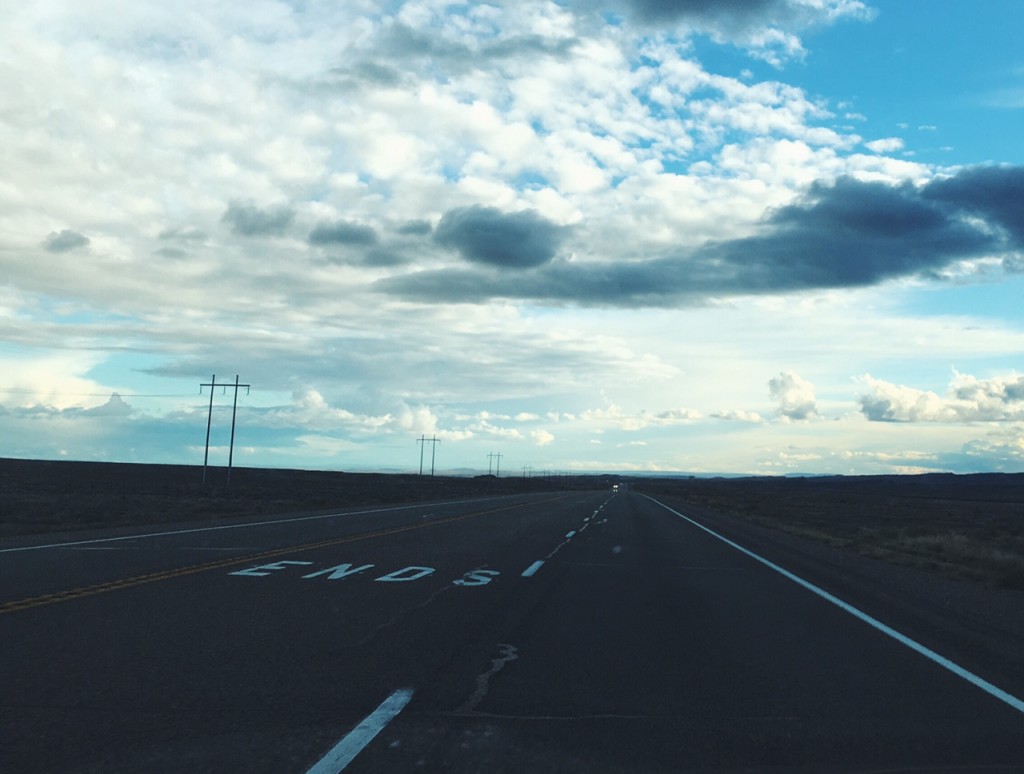
It’s helpful to have something good to listen to when you’re seeing a whole lot of this.
4. Comfy Bedding and Pillow
Yes, seriously. You’re not backpacking, so bring a pillow and blankets. Bring five! Having a pillow is such a luxury item for me, and it makes a huge difference. Mountain Standard came out with a huge fleece blanket and it is excellent for naps, summits and just being really cozy. ($90 at Mountain Standard)
5. Dr. Bronner’s Peppermint Castile Soap
Dr. Bronner’s is the soap I use for everything. It’s great for dishes, body soap, and even laundry soap in a pinch. (Multiple sizes available on Amazon)
6. Non-Adventure Shoes
When I wasn’t hiking, I wore sandals everywhere on this trip until it got too cold. Comfortable shoes that you can hang out, drive, and do some light hiking in are great to have! I alternated between the OluKai Hema and my Birkenstock clogs. Easy to slip on and off and super cozy with a thick pair of wool socks. In general, it’s awesome to have a pair of shoes that feel great and aren’t necessarily for hiking or climbing. (Hema sandals, $125 from OluKai)
7. Aqua-Tainer 7-gal Water Container
Never thought a huge water jug would make it onto any favorite-things post of mine. But here it is. Having water with you all the time is extremely convenient. You can fill up at many visitor’s centers or campgrounds every few days. I have been very surprised at how many people I’ve seen using plastic water bottles. Having a big water container means you can fill up your re-usable Nalgene or Hydro Flask at any time, and is way less wasteful. ($17.95 on Amazon)
8. Watch with Alarm
I definitely don’t have service everywhere I go. Having a watch means I know I’m going to wake up on time (or at least that my alarm will go off!). Many folks I know have come to rely on their phones as a clock. Being able to turn off your phone and still know the time is great, especially in areas where you don’t have service anyway. I have a Timex– I found it on Amazon for $25 here.
9. Patagonia 90L Black Hole Duffel
It’s just a duffel, right? Yes, but it’s really durable. This is where I’ve been keeping all my clothes, and believe me, it truly is a black hole. I have never tried to organize it. I really like how big this bag is, and that it can handle all the dirt, dust and water I seem to always be spilling on it. ($149 from Patagonia, though you can sometimes find older colors on sale)
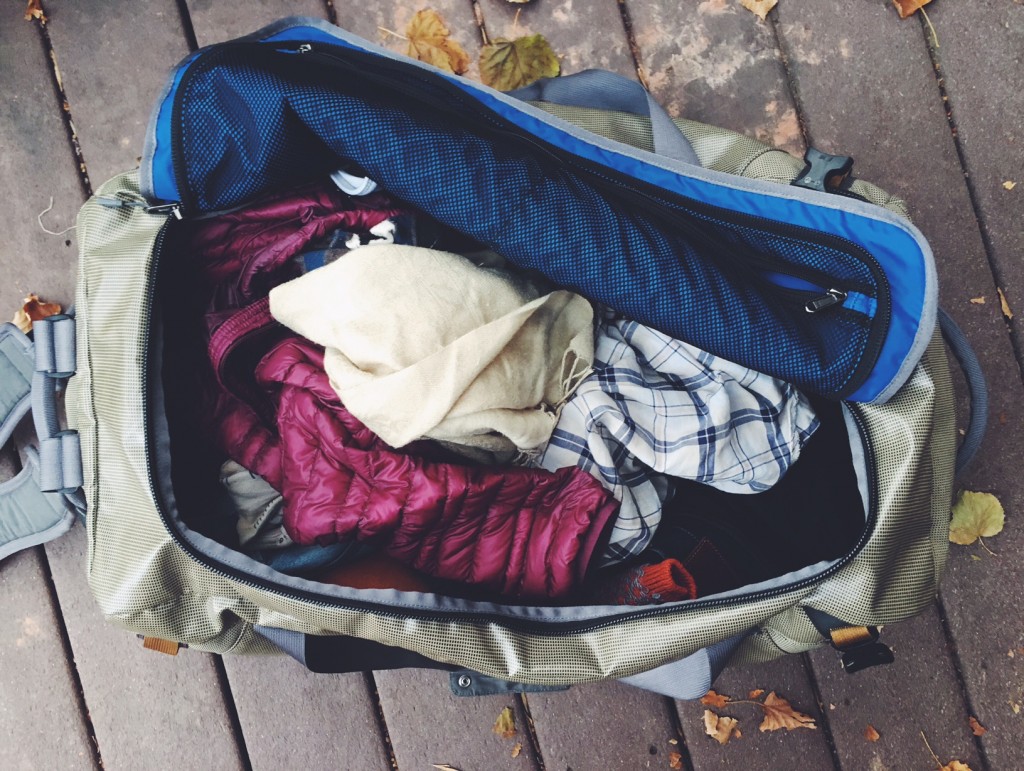
“organized mess”
10. Bureau of Land Management & National Forest Land
This land has been my best friend. You can camp on BLM or NFS land for free. It’s called dispersed camping, and most tourists don’t know about it. It means no toilets, no picnic table, and often no fires, so if you try dispersed camping, make sure you know how to Leave No Trace and camp responsibly. Local ranger stations are great places to ask for maps and to make sure you’ll be camping somewhere you are allowed to. Look up the area you are going to and ensure you know the regulations specific to that area.
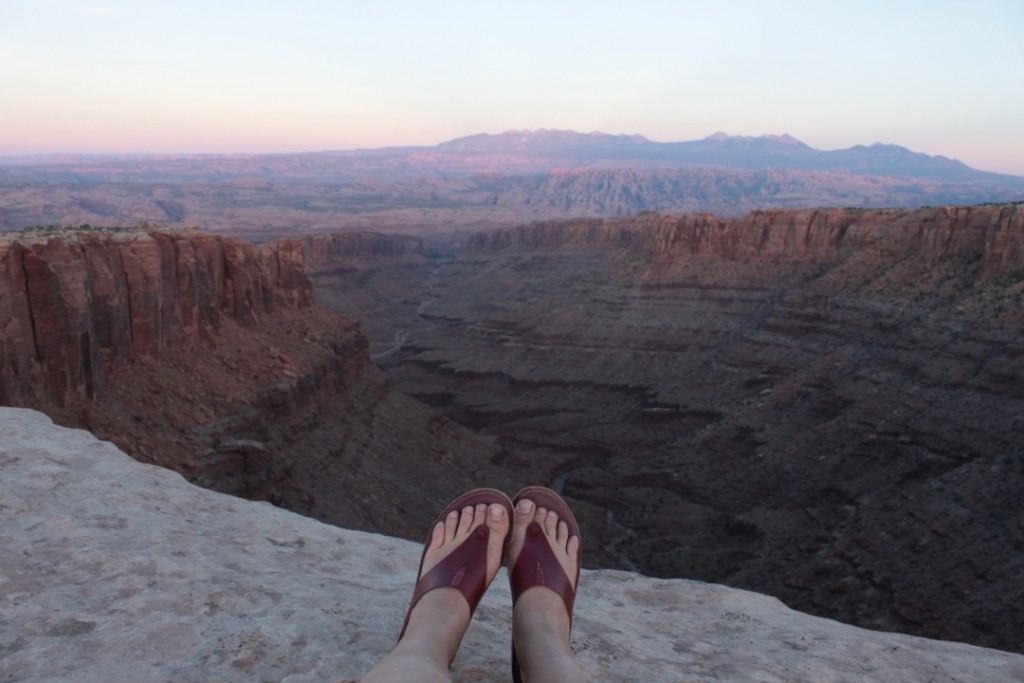
$0 campsite!
Sure, not all of these things are pieces of “gear” necessarily, but each one of them has made my experience way better in some small (or big) way.
What would you consider essential for a road trip? What cool stuff do I not know about yet? Let me know!
Please ignore this text box - Recoleta Font
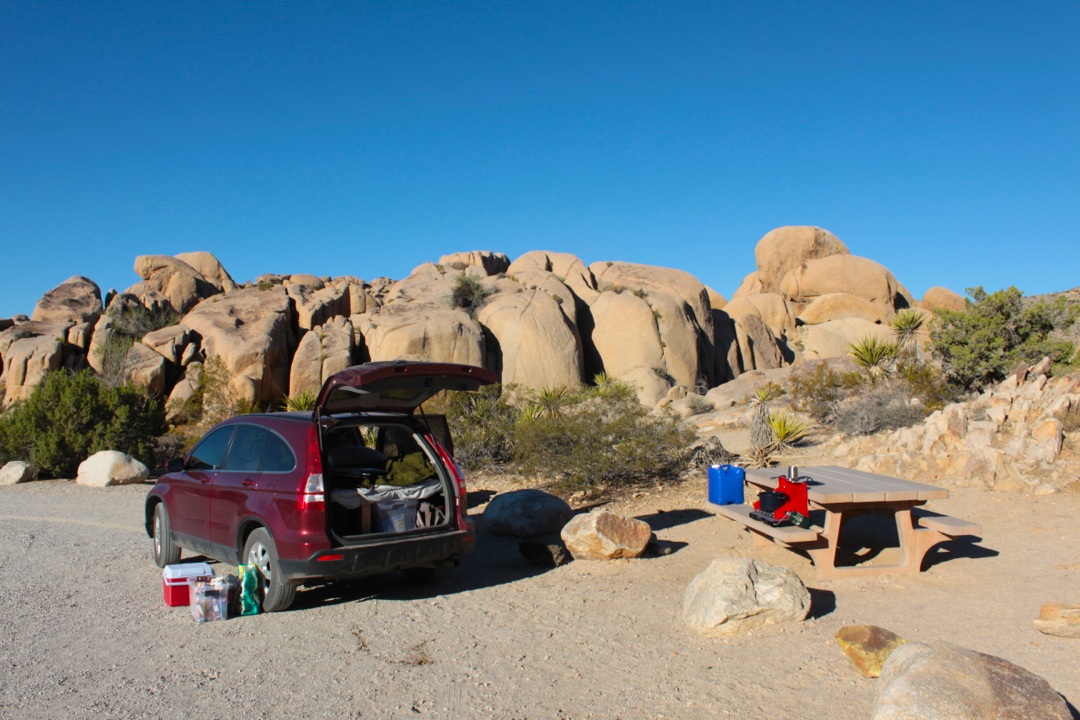
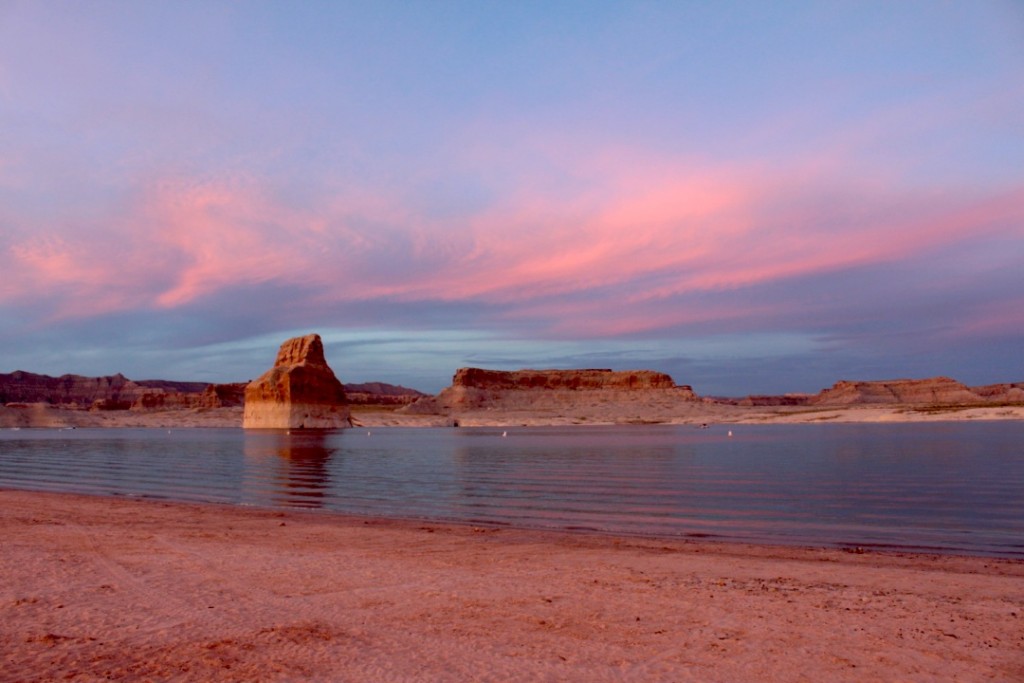
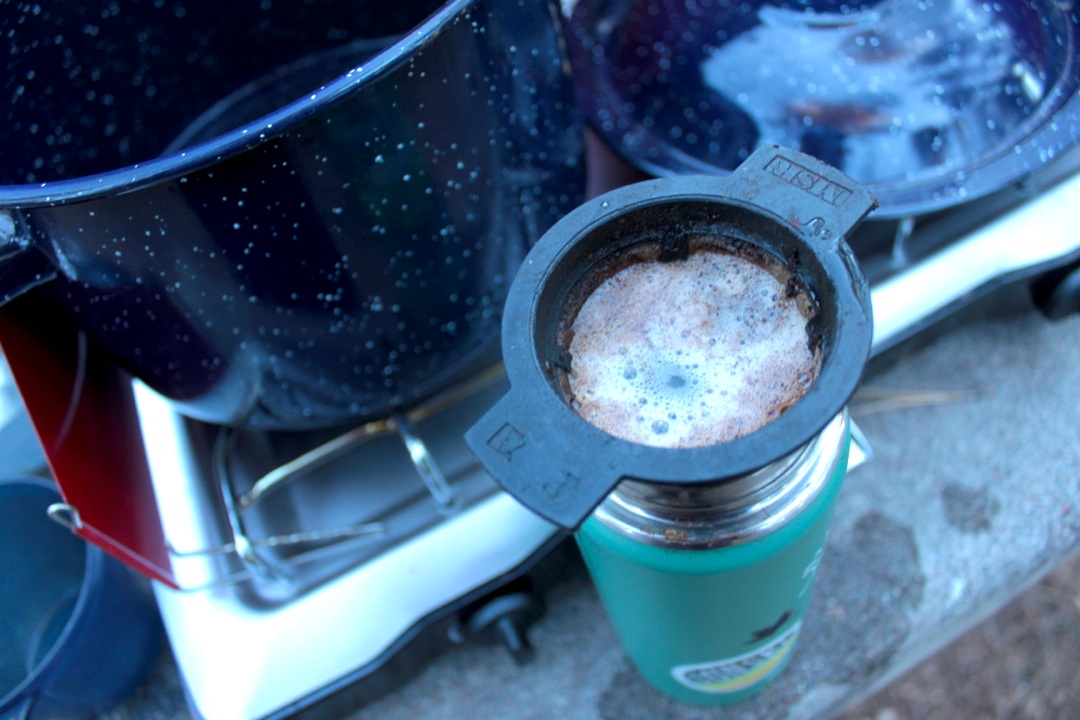
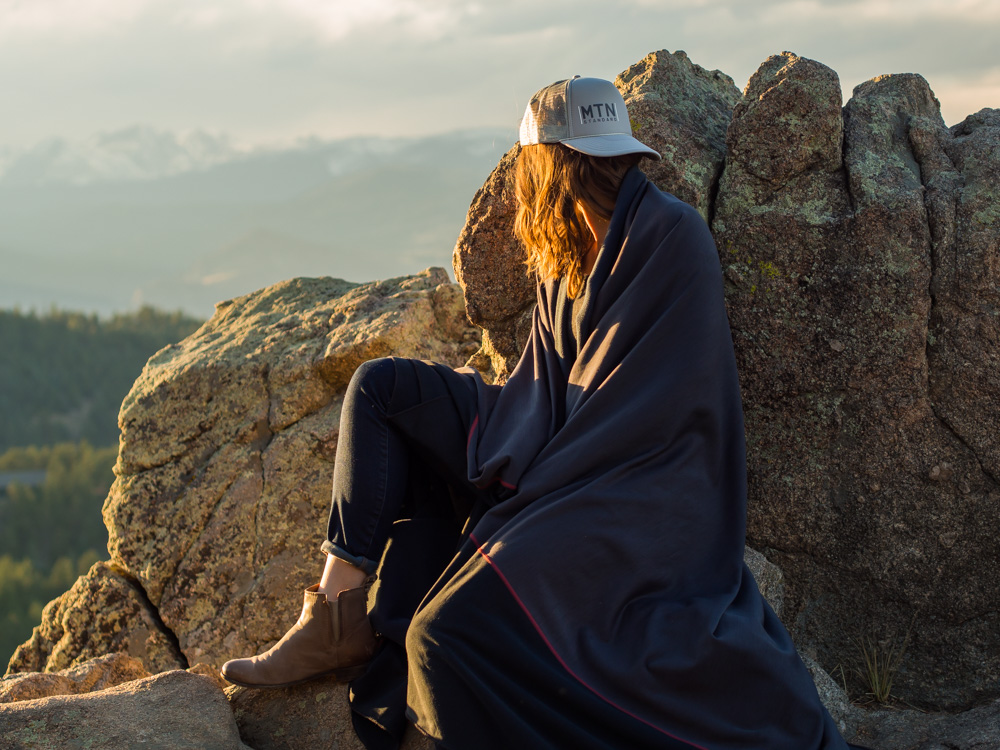
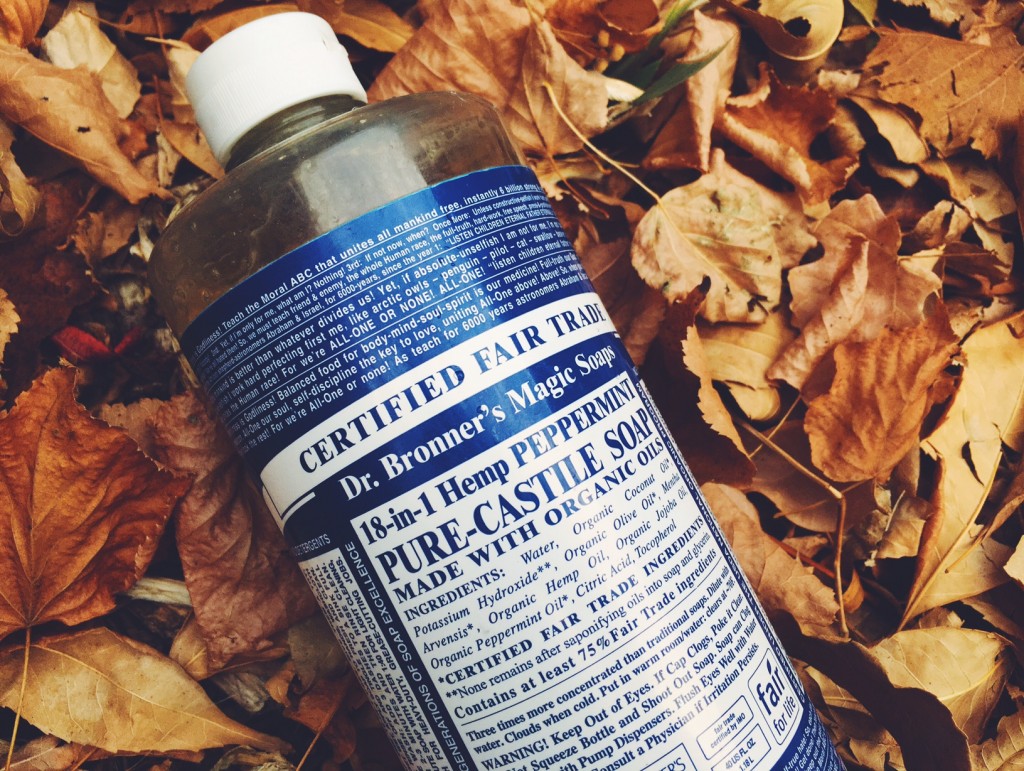
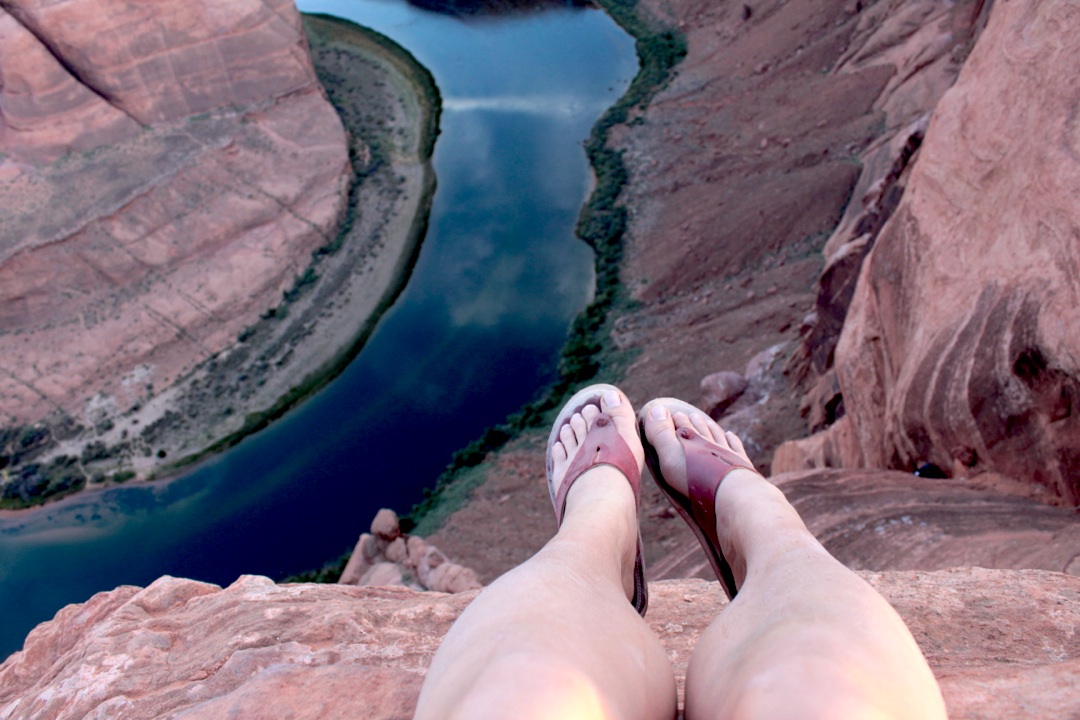
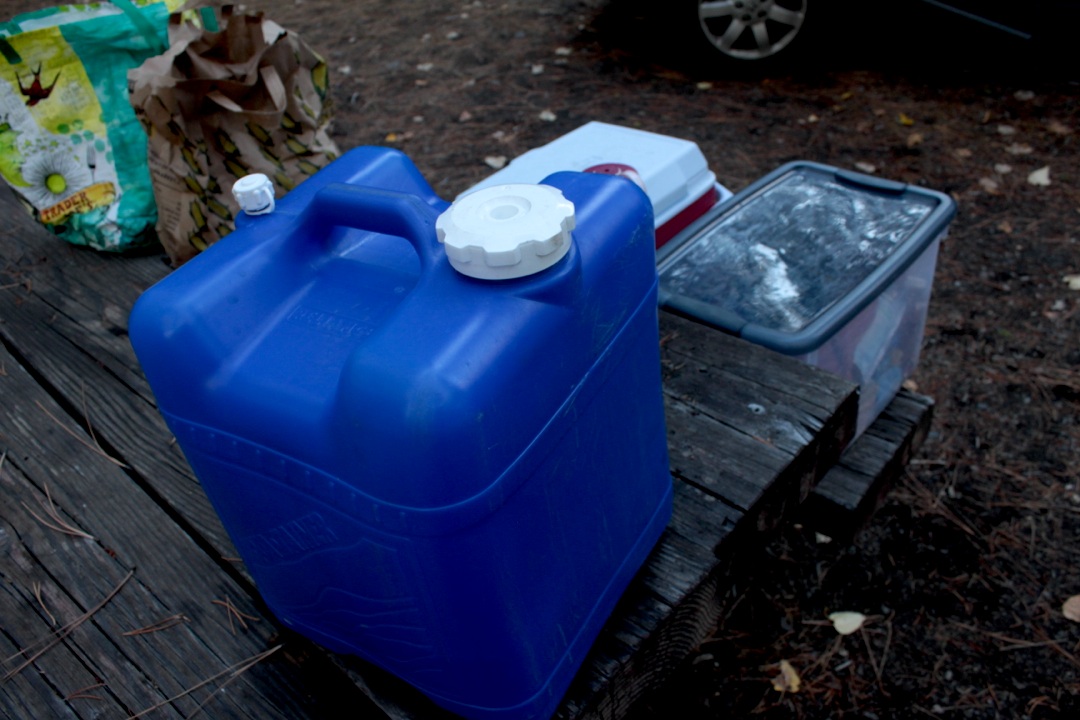
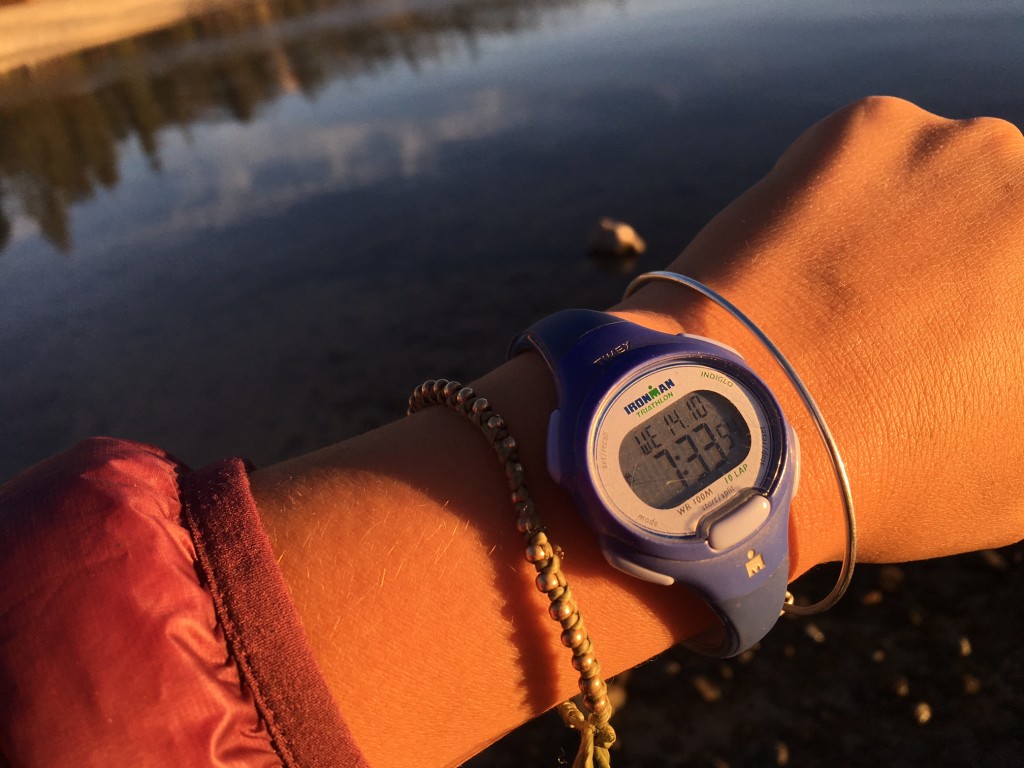
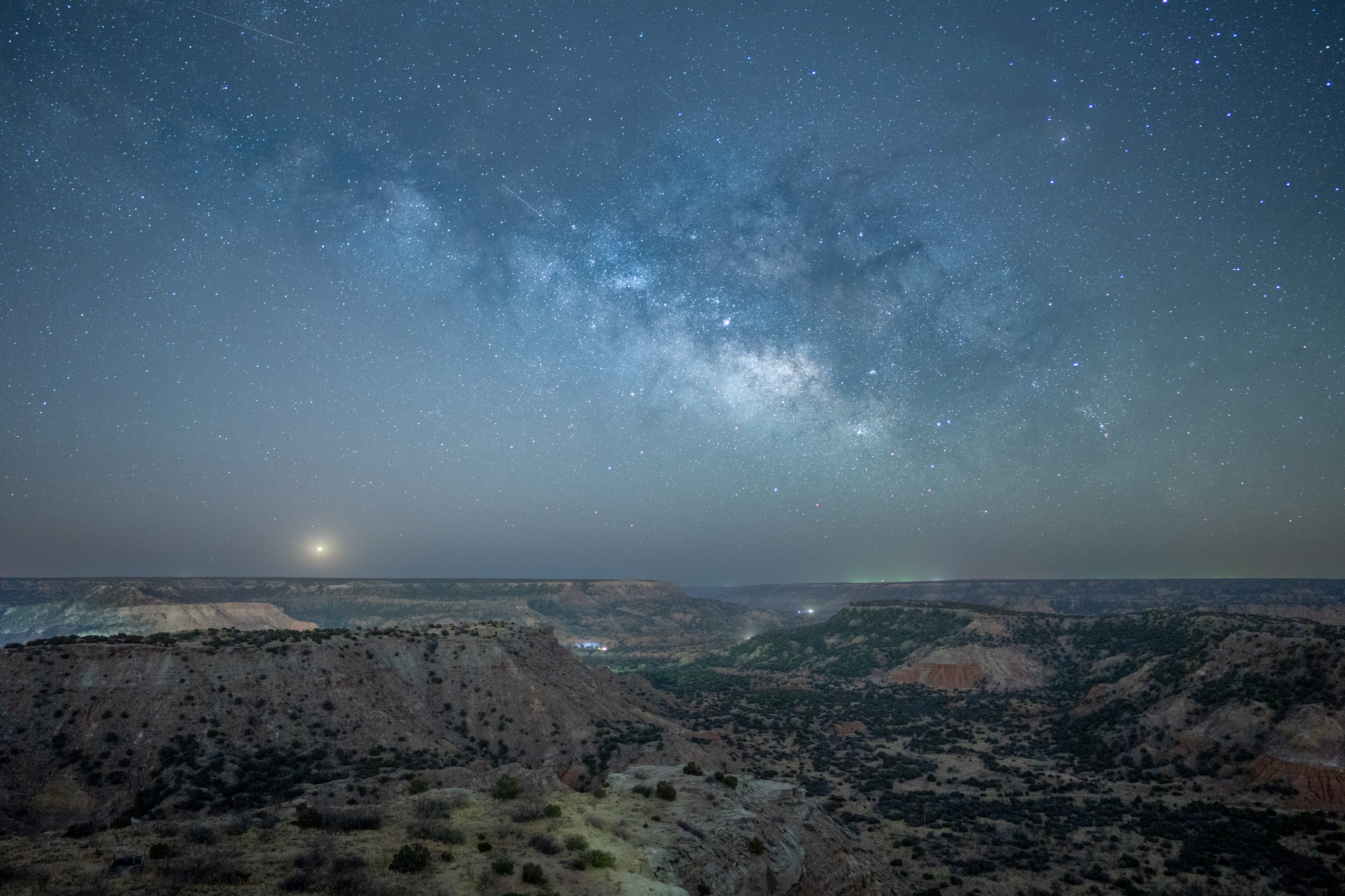

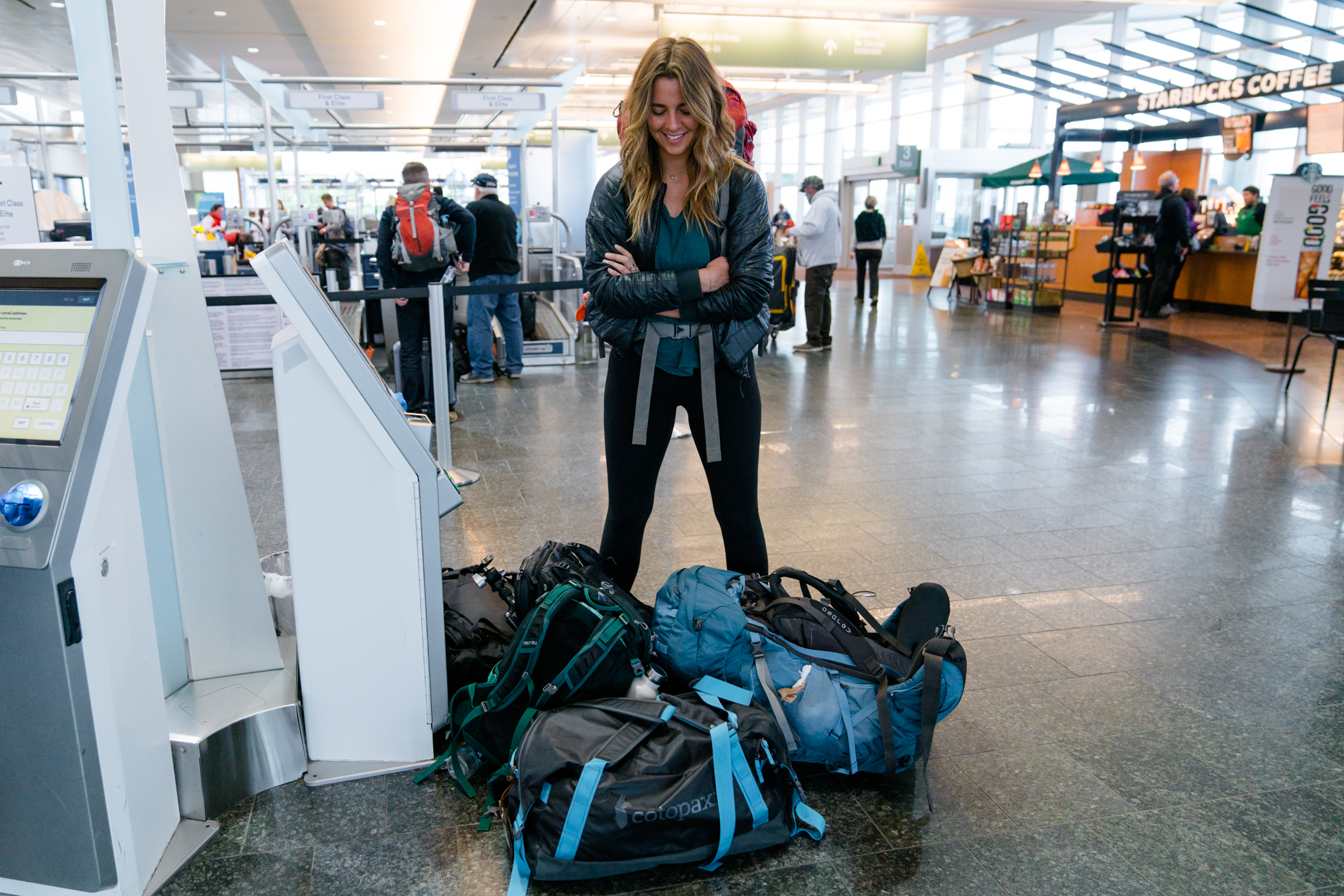
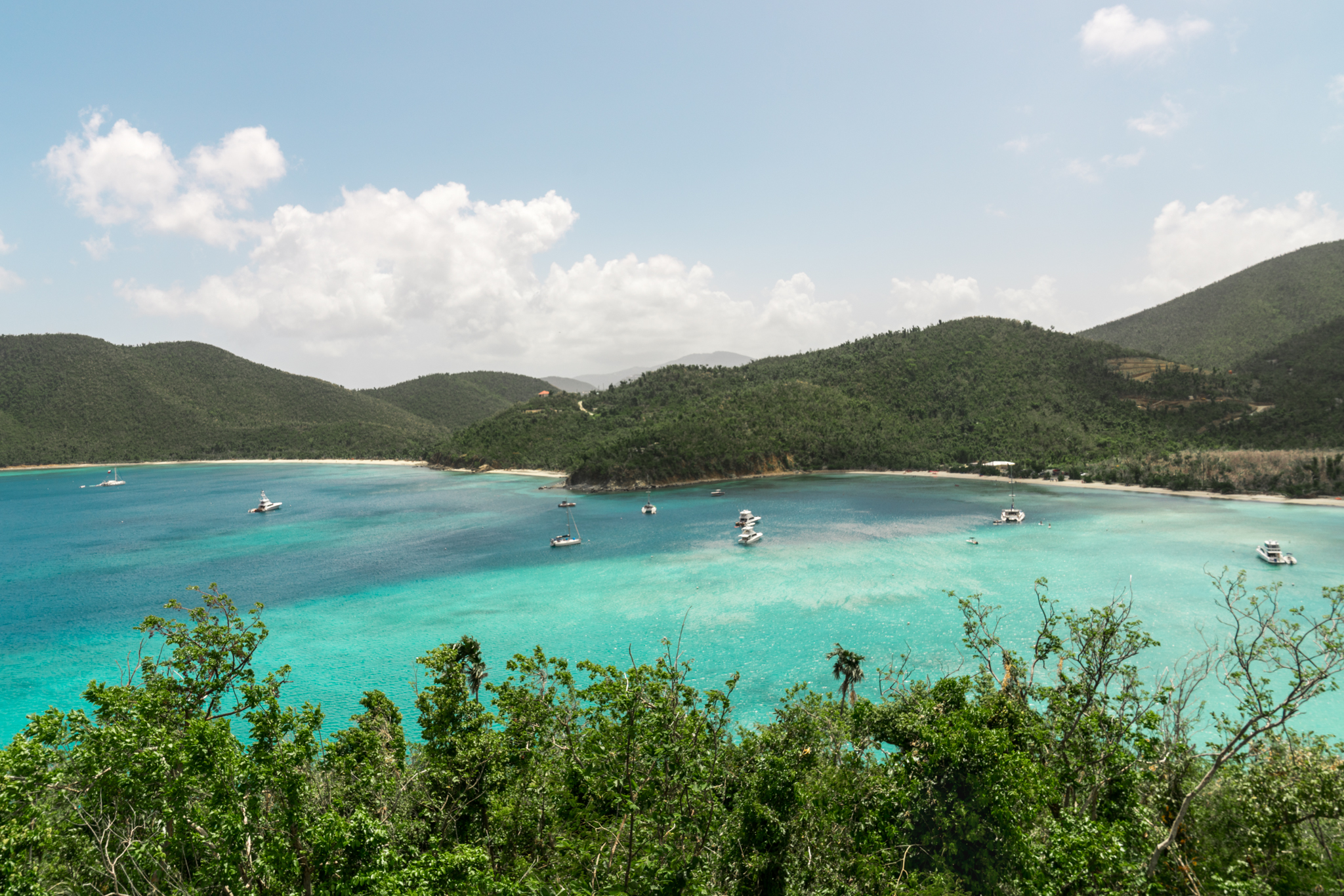
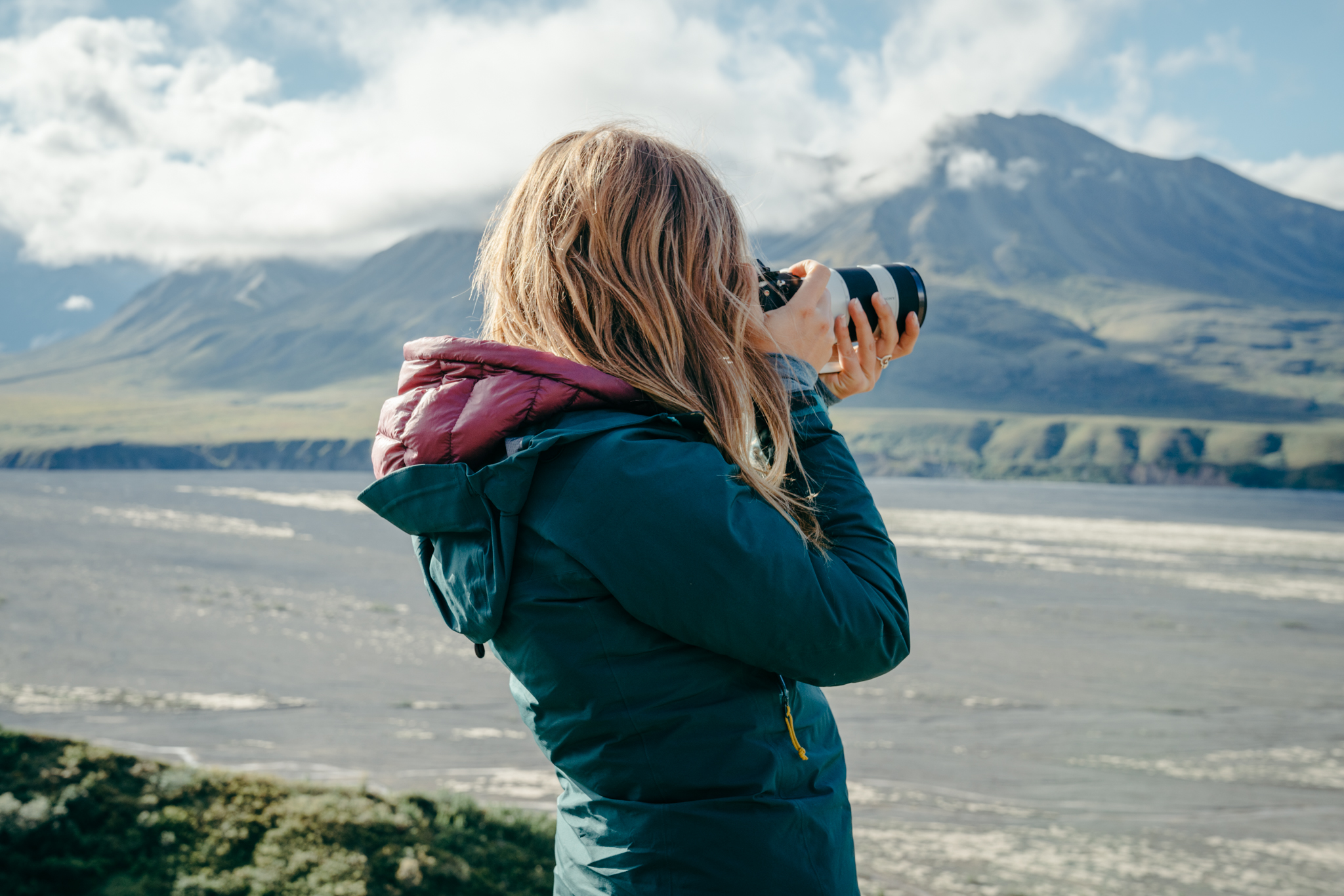
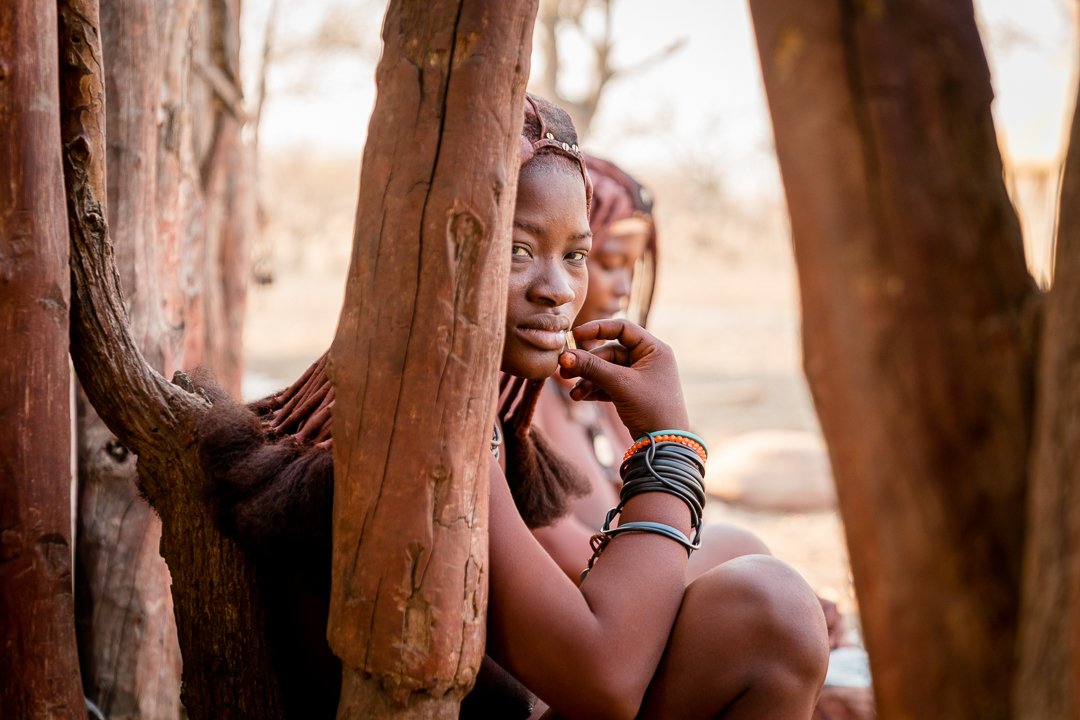
+ show Comments
- Hide Comments
add a comment